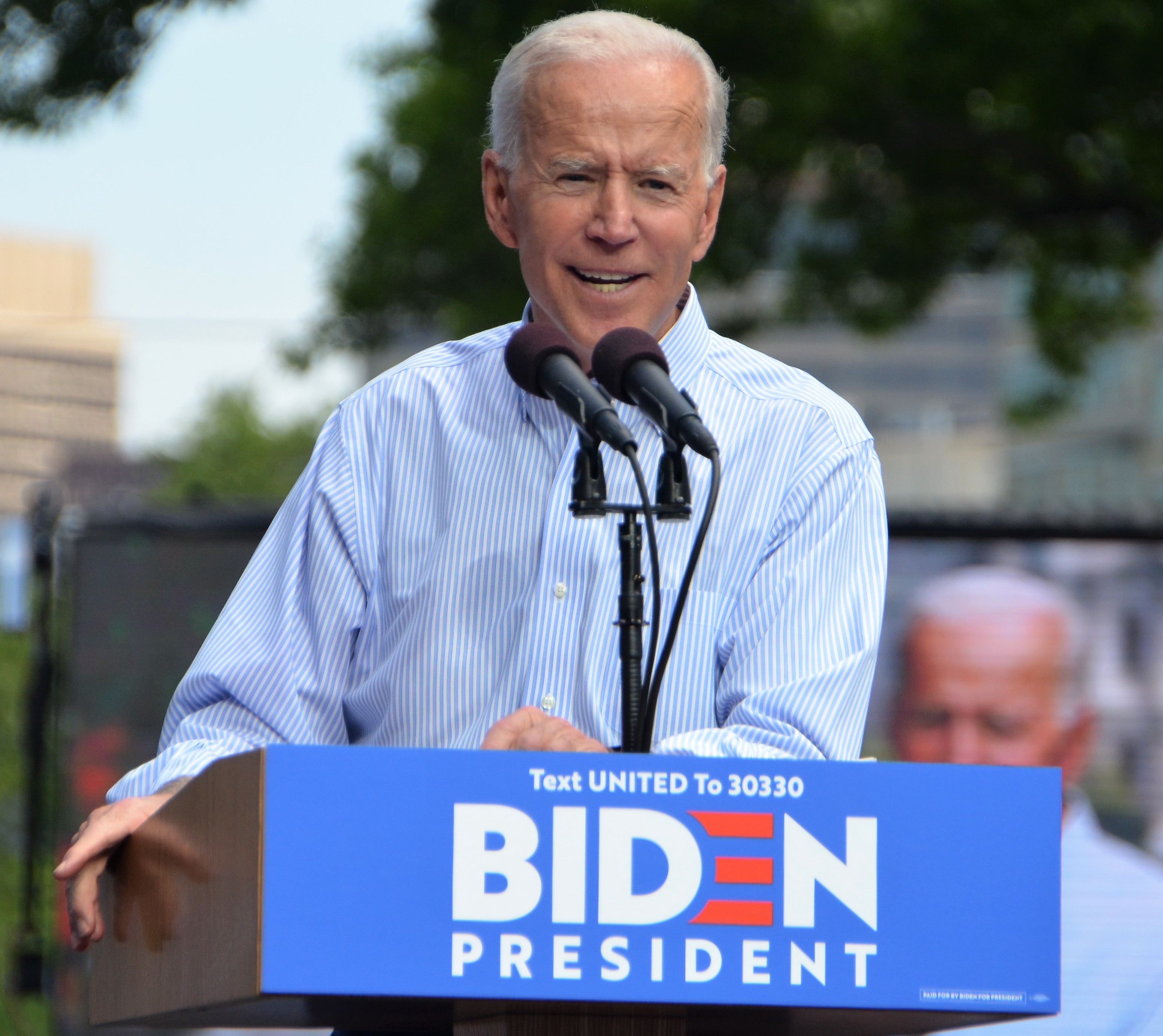Nearly a month after the election, President Donald Trump has still not conceded to projected president-elect Joe Biden.
While there is no legal requirement for the president to concede, Trump’s current refusal to do so, despite numerous failed lawsuits to overturn the results and several key states proceeding to certify their votes, further exemplifies the abnormality of the 2020 election.
The tradition of public concessions in American presidential politics is one with deep roots in the foundation of democracy. Presently, public concessions are all but expected from the losing candidate, signaling the beginnings of a peaceful transfer of power from one president to another, and act as a bookend to the election.
The first public concession is commonly cited as an 1896 telegram from William Jennings Bryan to William McKinley, two days after Bryan lost the election. The telegram was no longer than two sentences, but in it Bryan congratulates McKinley and asserts the results of the election.
As public concessions became the norm, and technology with the capability of reaching mass audiences continued to be developed, more candidates would begin utilizing larger platforms to make their concession speeches. Al Smith, in 1928, would be the first to make his concession speech over the radio. Llater, in 1952, Adlai Stevenson would make the first public concession speech on live television.
Typically, a candidate will concede when there is a clear winner of the election, usually between the same night as the election or within a few days. But that has not been the case with the current election. The closest comparison to the unprecedented 2020 election would be the 2000 election between Al Gore and George W. Bush, where a lack of concession ultimately led the election to continue for 35 days after voting ended.
On election night of 2000, in the early hours of the morning, Al Gore called and conceded to his opponent George W. Bush, because earlier Florida had been called for Bush. However, Gore would go on to rescind his concession a few hours later when it became unclear who actually won Florida. What followed was a little over a month of litigation over the election results, coming to a head in the Supreme Court case Bush v. Gore in which the court sided with Bush. As the sitting vice president, Gore would have to concede twice that year.
Paul Corcoran, who studies U.S. presidential campaigns and is a professor at the University of Adelaide, told NPR that there are four basic elements of the template for a standard presidential concession speech: a statement of defeat, a call to unite, a celebration of democracy and a vow to continue the fight. These four elements can be found in nearly all concession speeches given by past candidates and each work toward the goal of a peaceful transition of power.
Because the public concession speech commonly acts as the end to an election and helps to instill a sense of continued functionality in the democratic process, it is increasingly troubling that there has not been one given in 2020 from Trump, despite losing the election. It is clear that the longer the president drags out the election, the worse our democracy will be left in his wake. Despite presenting little to no evidence of any voter fraud in court, the Trump administration looks poised to continue litigating the results until they are legally no longer able to.
This all begs the question: Will the president ever give a public concession? And what exactly happens if he doesn’t? For the first time in 120 years, the answer remains unclear.




